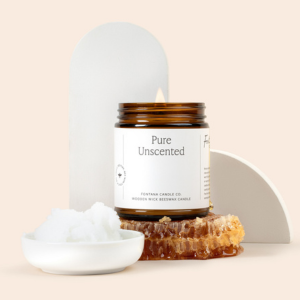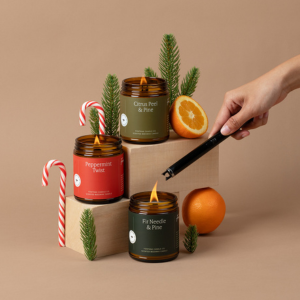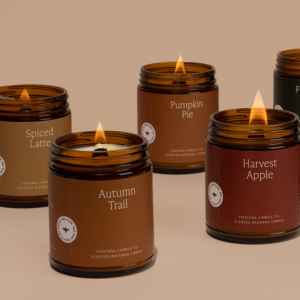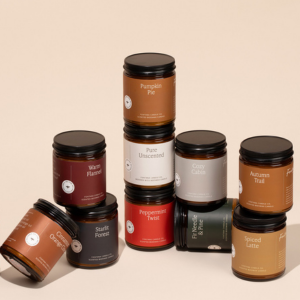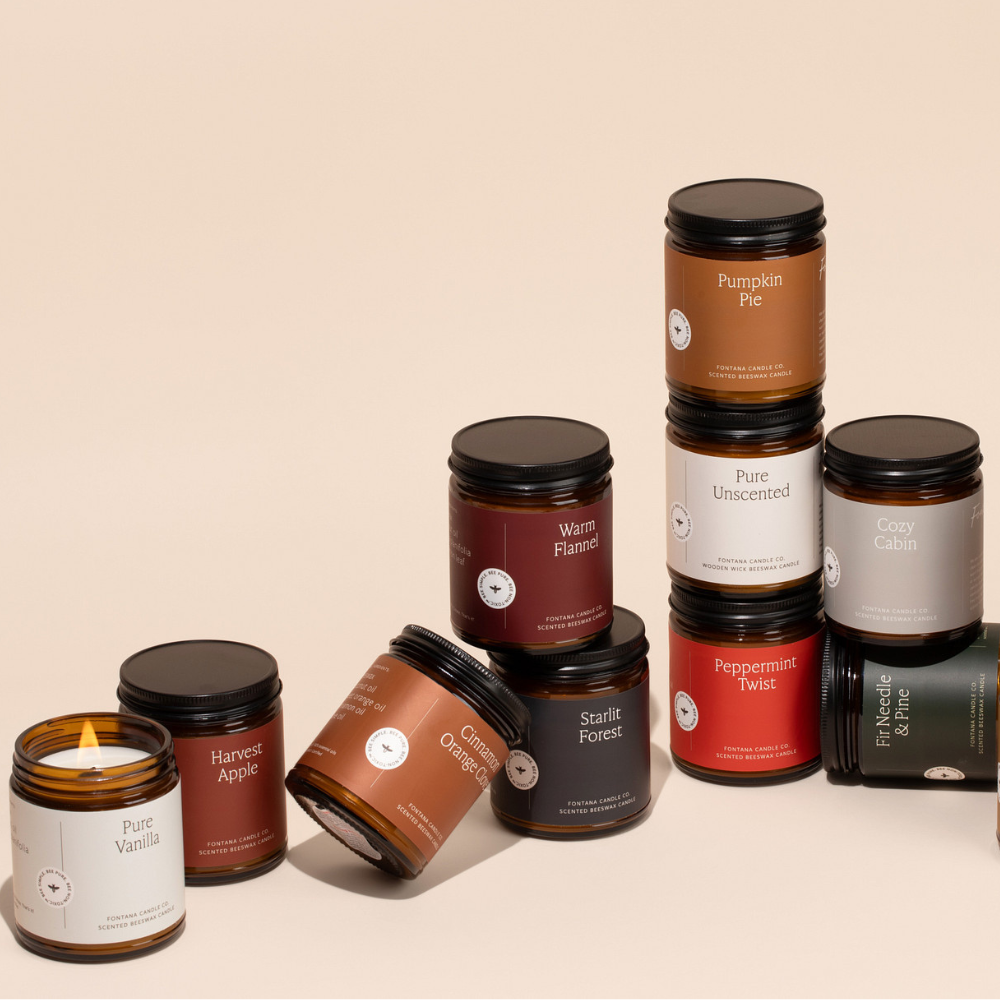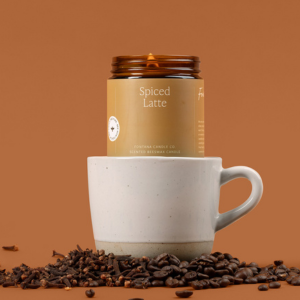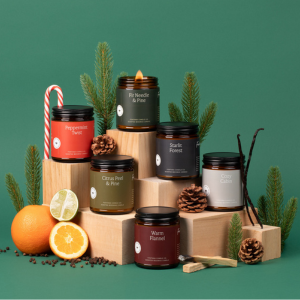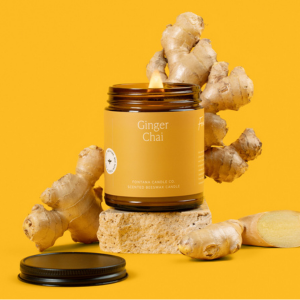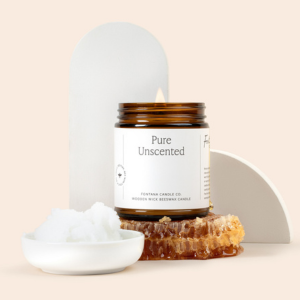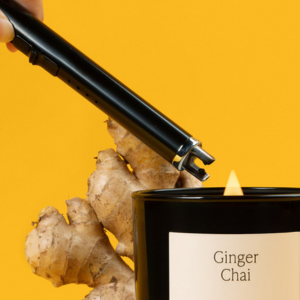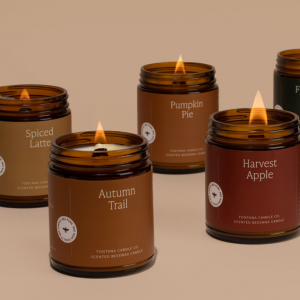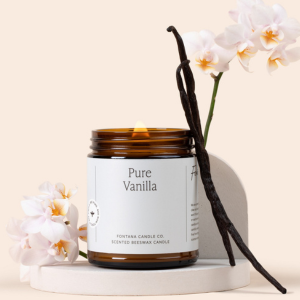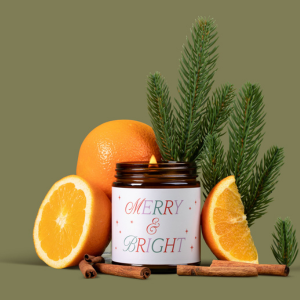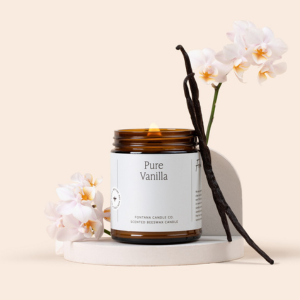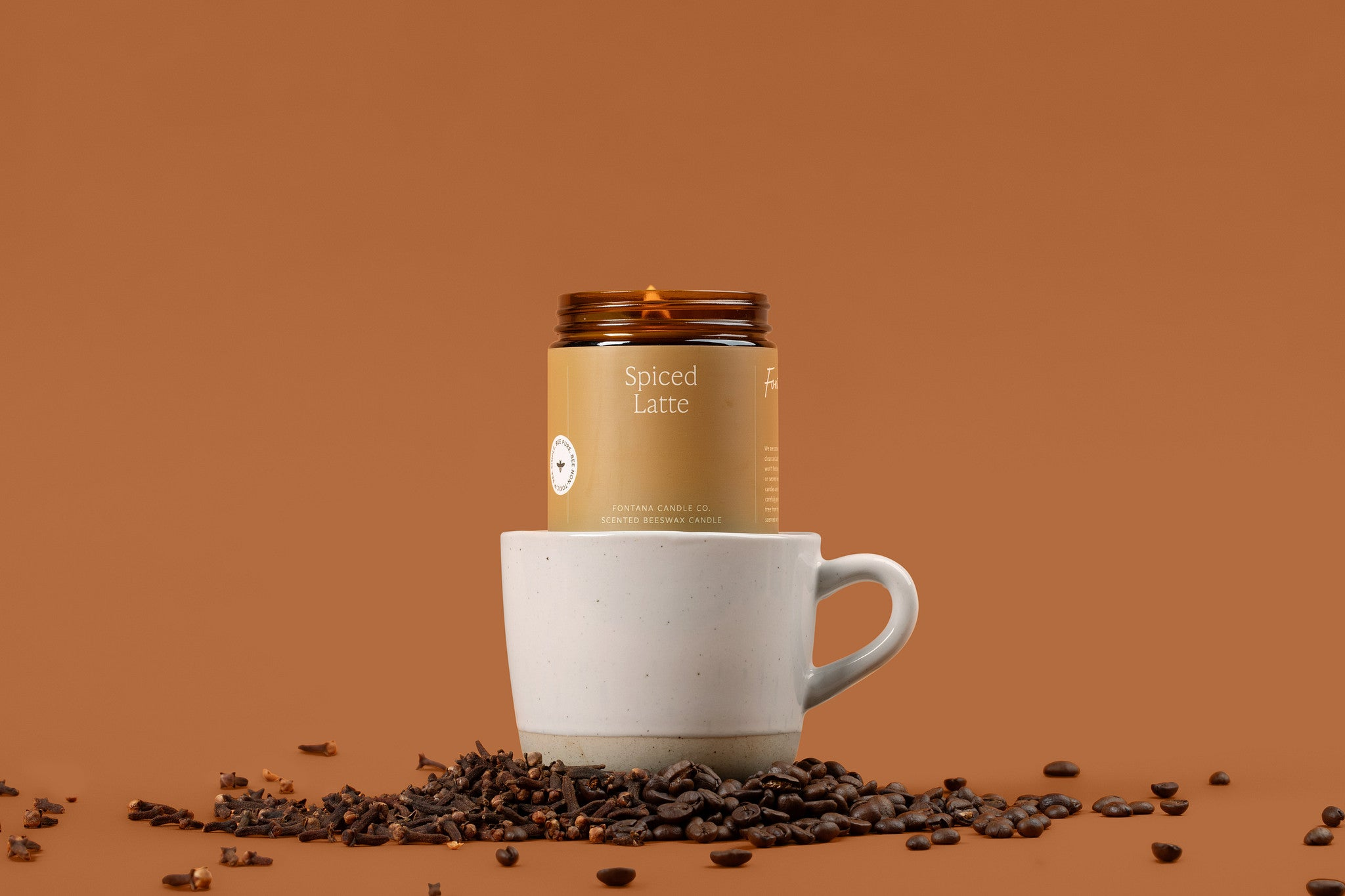Ingredients to Avoid in Lip Balm

Just like candles, lip balm is a product that is likely in everyone’s home but is severely lacking in regulation. When starting the journey to nontoxic living, it can be easy to overlook everyday products like lip balm, especially when a few big brands have marketed themselves as the main options. Unscented Chapstick or Vaseline can appear to be deceivingly safe and simple alternatives to heavily fragranced and flavored lip balms, but still contain a number of toxins and harmful chemicals.
While cosmetics are often overlooked when detoxifying our homes, lip balms and lipsticks in particular are important in assessing our toxin intake, not only because it is applied to your skin, but because the product is unintentionally consumed. According to The Public Interest Research Group (PIRG)'s usage data, “some women are ingesting a pound of lipstick every two years”. Traditional lip balms contain a number of harmful ingredients, many of which are known carcinogens, toxins, and irritants. Many lip balms use a paraffin or petroleum wax base, which are petrol-byproducts, in addition to unnecessary additives like artificial fragrance, flavoring, and coloring.
Here are a few ingredients to avoid in lip balm (that you won’t find in Fontana’s!)
1. Fragrance is Fontana’s least favorite ingredient. Companies are not required to disclose what artificial or natural ingredients make up the “fragrance” on their label and can be made up of 3,059 different chemicals. This undisclosed umbrella of ingredients includes Phthalates and parabens as well as known carcinogens, hormone disruptors, and irritants. It doesn’t matter whether the fragrance is listed as “natural” or “artificial”, the ingredients are still not being disclosed.
2. Much like fragrance, “artificial flavors” are another group of undisclosed chemicals, typically derived from petroleum. Artificial sweeteners are another flavoring agent often included in lip balms. If it isn’t an ingredient you’d want in your food, definitely think twice about it being in your lip and skincare products.
3. Known irritants - Many lip balms contain irritating and even drying ingredients, feeding the myth that lip balm prevents your skin from creating its own moisture. Using lip balm with ingredients like these can provide momentary benefits but long-term reliance on lip balm.
- Alcohols are often added to lip balms to make them dry quickly onto the skin, but this can be dehydrating.
- Menthol or camphor are added to lip balms for their cooling effect, particularly to soothe dry and irritated skin. While they provide momentary relief, they are further dehydrating and irritating to the lips.
- Salicylic acid is an ingredient used to exfoliate and treat the skin but can be too harsh for the lips. While it may be effective in removing dead skin from the lips, frequent usage may be irritating and damaging to the skin.
4. Petroleum based wax - While skin products like Aquaphor and Vaseline are often recommended by dermatologists as a safe and nonirritating alternative to scented and flavored chap sticks, they are made from petroleum byproducts. The most common wax used in lip balm is paraffin, another petroleum byproduct. Other brands use cleaner waxes like soy and beeswax, but those are often combined with paraffin anyway to cut costs.
5. Artificial coloring is a major contributor to heavy metal exposure. This is most often an issue in lipsticks, which can have high levels of lead. Even lip balms that are not meant to leave color behind on the lips can have artificial colors, as we often see in brightly colored, scented, and flavored children’s lip balms. This is one of the reasons why dermatologists do not recommend using most store-bought lip balms on babies or young children.
6. Sunscreen ingredients - While many ingredients in popular sunscreens have been found to be harmful and have become regulated, they’re often overlooked in lip balms with SPF protection. Oxybenzone is a known hormone disruptor and is often an active ingredient in products with SPF protection.
Because all of these ingredients can be found in lip balms in stores today, it can be difficult to find a truly clean and nontoxic alternative. That’s why Fontana has decided to use our signature coconut oil and beeswax blend to hand pour our own lip balms! We’re using simple and pure ingredients, all listed on the packaging: coconut oil and shea butter for hydration, ethically harvested beeswax, and our own blends of pure essential oils. The first scents we plan to release have already been MADE SAFE certified, confirming that they are free from any and all toxins known or suspected to harm human health, animals, or ecosystems. Certified goods have been thoroughly examined by researchers and scientists to ensure they’re made without known behavioral toxins, carcinogens, developmental toxins, endocrine disruptors, flame retardants, heavy metals, neurotoxins, high risk pesticides, reproductive toxins, toxic solvents, or harmful VOCs. And, they’re packaged in our eco-friendly paper tubes!
- Tags: bath and body self care toxins

